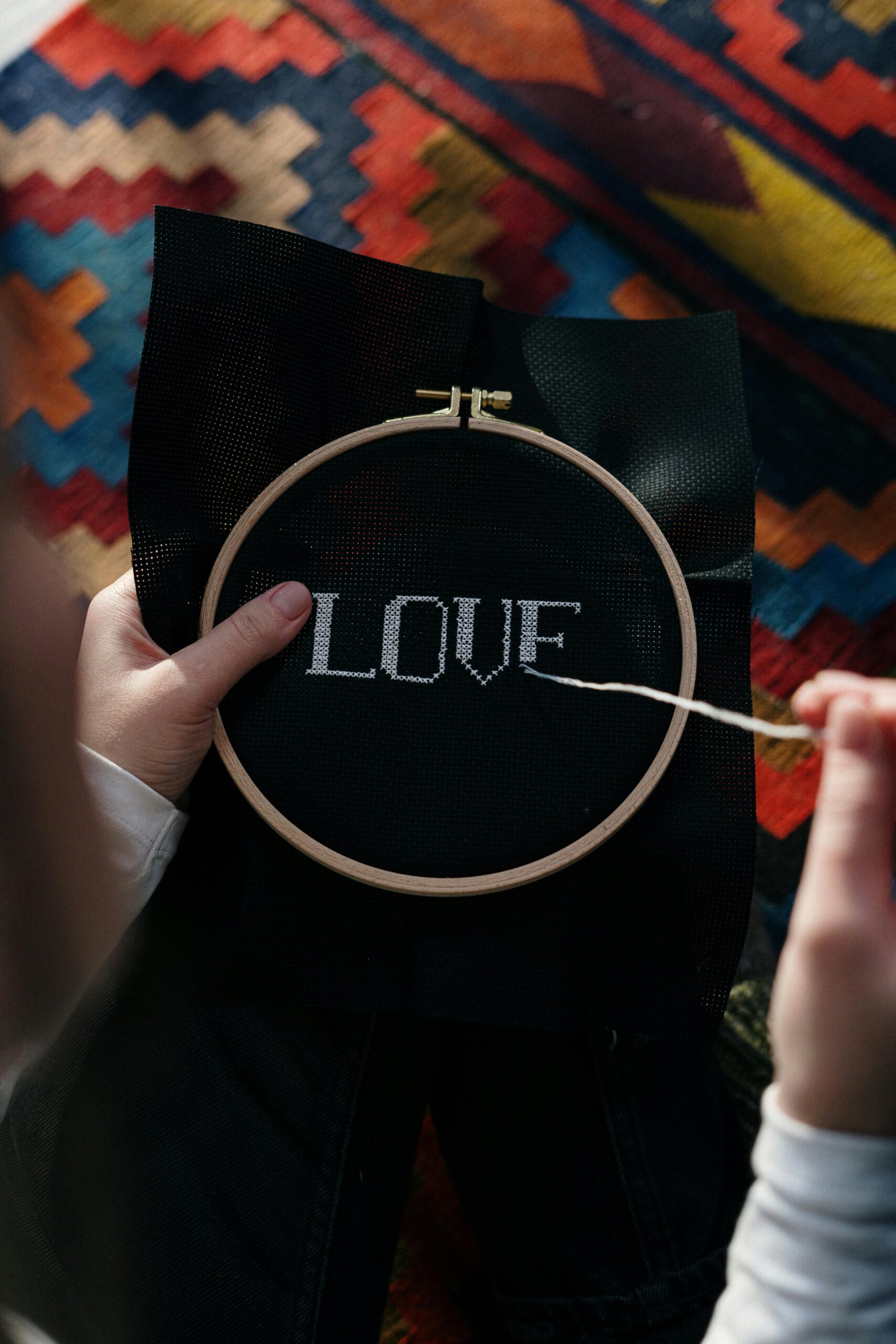Love Actually: A Heartfelt Celebration of Love in All Its Forms
Love, in all its magnificent and varied forms, is a powerful force that shapes our lives in more ways than we often realize. The 2003 romantic comedy Love Actually, directed by Richard Curtis, beautifully showcases the different aspects of love, from passionate infatuation to familial devotion, and everything in between. While it may have originally been released as a holiday film, its universal themes and compelling storytelling make it relevant all year long. So, let’s dive into the film’s core message and explore the many sides of love it presents.

1. Love is Complex and Multifaceted
The brilliance of Love Actually lies in its ability to weave multiple storylines together, each exploring a different facet of love. We witness romantic love, unrequited love, familial love, and even love between friends. Each story, while unique, shares one common thread: love is never straightforward. It can be messy, complicated, and full of surprises, but it’s also the thing that makes life worth living.
Take, for instance, the relationship between Juliet (Keira Knightley), Peter (Chiwetel Ejiofor), and Mark (Andrew Lincoln). Mark’s unspoken love for Juliet, his best friend’s wife, shows the pain of loving someone from a distance, unable to express feelings. This heartache contrasts with the overwhelming joy of the love between Jamie (Colin Firth) and Aurelia (Lucia Moniz), who find their way to each other despite the language barrier. Through these characters, we realize that love doesn’t always look the same, but it remains a universal experience that everyone can relate to.
2. The Beauty of Selfless Love
One of the standout storylines in Love Actually is the relationship between Harry (Alan Rickman) and his wife Karen (Emma Thompson). Their marriage is tested by Harry’s infidelity, which Karen discovers in a gut-wrenching moment. This storyline exemplifies the complexities of long-term relationships and the emotional toll they can take when trust is broken. But, despite the betrayal, Karen chooses to continue loving Harry, putting her own emotional needs aside for the sake of the family.
Selfless love is also seen in the way families come together, especially around the holiday season. In the relationship between Daniel (Liam Neeson) and his stepson Sam (Thomas Sangster), we see a father figure doing everything in his power to help his son cope with the grief of losing his mother. Daniel’s willingness to sacrifice his own emotions and focus on Sam’s well-being demonstrates the profound love that exists between family members.
3. Love is About Communication
While Love Actually is known for its romantic moments, one of its most important lessons is about communication. Love cannot thrive without honest conversations, especially when emotions are involved. The film highlights this through various characters, such as the relationship between David (Hugh Grant) and Natalie (Martine McCutcheon). Although David, the Prime Minister, is head over heels for Natalie, his fear of being vulnerable and his reluctance to express his feelings create tension. In the end, he realizes that love requires taking risks and being open, whether you’re a world leader or an ordinary citizen.
Similarly, the unspoken feelings between Jamie and Aurelia could have remained hidden if they hadn’t made the effort to communicate. They overcome language barriers through actions, revealing that sometimes love doesn’t need words—it needs understanding.
4. Love Doesn’t Always Work Out the Way You Hope
Not every love story in Love Actually has a fairy-tale ending, and that’s part of what makes it so realistic. The film doesn’t shy away from showing that love can sometimes be unreciprocated or come with heartbreak. The character of Sarah (Laura Linney) is a perfect example. She deeply loves her colleague, but her devotion to her mentally ill brother keeps her from pursuing her romantic desires. Despite her sacrifices, she learns that love is not just about putting others first but also about accepting your own needs.
Similarly, the storyline involving Harry and Karen doesn’t have a neat resolution. The film hints that while love might be there, it may not always be enough to heal all wounds. Sometimes, love is about accepting imperfections, both in yourself and in others.
5. Love is the Greatest Gift
At the heart of Love Actually is the message that love is the greatest gift we can give and receive. Whether it’s the awkward but sweet love declarations of the young couple or the unconditional love shown by the characters like Daniel and Sam, the film reminds us that love is a force that unites people. As the final scenes of the movie unfold, we see different expressions of love, culminating in a powerful and uplifting message: love actually is all around us. It’s in the simple moments, the little gestures, and the deep bonds that we share with others.
Conclusion
Love Actually is more than just a feel-good holiday film; it’s a celebration of love in all its forms. It teaches us that love is not perfect, but it’s worth fighting for. It’s not about grand gestures or flawless relationships, but about the everyday moments that make us feel seen, understood, and cherished. As we navigate our own relationships, we can take comfort in knowing that love—whether romantic, familial, or platonic—has the power to transform our lives, bringing joy, healing, and hope.


